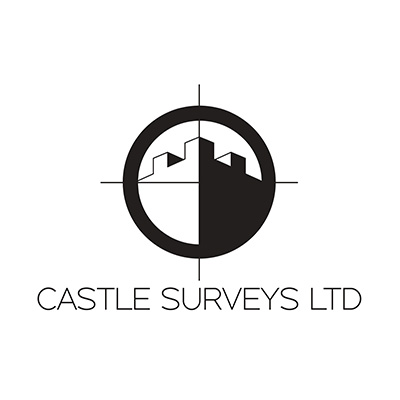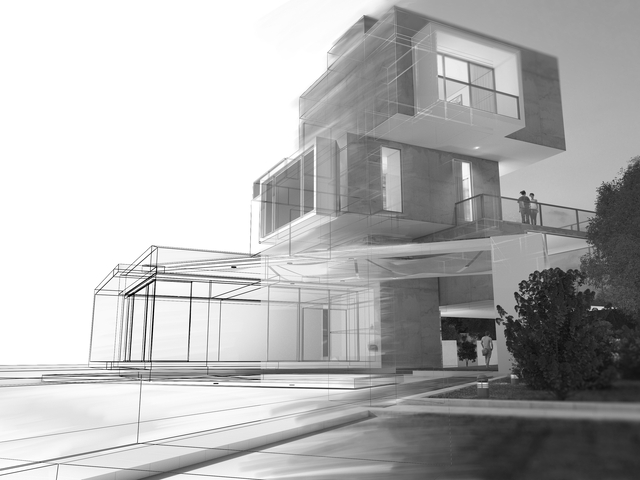Architects, planners, and project managers need to have extensive, accurate information about a building’s infrastructure in order to deliver their best work and avoid unnecessary delays and problems. While it has always been possible to get on-site measurements for a building, traditional methods are typically time-consuming — and not always accurate, either.
Enter scan to BIM, which helps to avoid many of the headaches that architects can experience during the building information modelling process. If you’re looking for information on scan to BIM, including what it is, how it works, and how it can benefit renovation or refitting projects, then this page is for you.
What is Scan to BIM?
Architects working on renovating or refitting an existing building need to have as much information as possible about the current conditions of that building. Scan to BIM aims to make this process as easy and straightforward as possible, all the while delivering a high level of accuracy.
It essentially works by “scanning” a room or building via 3D laser scanning to create a point cloud which can be turned into a 3D model for use in architectural software. It’s the modern solution to an old aged problem, allowing architects to move forward with their project without having to go through the laborious process of measuring the space via non-tech methods. In addition, it can be used to create a Digital Twin that exists throughout the building’s entire lifespan, facilitating the future management of the structure.
How Scan to BIM Works
The end result of scan to BIM — a detailed model of the structure that you can turn into a Revit 3D model — is clear, but how does scan to BIM actually work? It all comes down to the 3d laser scanning process. The scan to BIM process involves scanning a room with high-quality, accurate lasers to capture spatial and infrastructure data about the space.
These state-of-the-art, modern lasers capture information extremely quickly thanks to their revolutionary technology. The lasers contain rotating mirrors that bounce the beams of the solid surfaces in the room. In most cases, the space will be scanned multiple times with the laser to get the most accurate reading. Once the scanning process is finished, the data is transformed into a functional, working Building Information Model framework.
The Benefits of Using Scan to BIM
Architects don’t have to use the scan to BIM process for their projects. But it certainly helps. Below, we’ll outline just some of the reasons why scan to BIM has become such an important component for architects, planners, and project managers.
Accurate
Projects run much more smoothly when accurate data is used. When you use scan to BIM, machines do most of the work, resulting in fewer opportunities for human error to compromise the quality of the data that you use. This can help to prevent future problems in the remodelling or refitting process, which are more common when inaccurate data is present. With accurate building data, architects and project managers can move forward confident that the foundational information they’re working with is correct.
Efficient
There’s more than one way to get the measurements of a building. The traditional method involved using tape measures, laser distance measurement tools, and a pencil and paper to measure the space. But if you’ve ever used this approach, then you’ll know that it takes much longer than you’d like it to take — and that there’s a high chance of errors. Laser scanning takes more than a million measurements per second, resulting in accurate information that would otherwise take days or weeks to produce.
Easy to Share
There can be many players involved in a construction or remodelling project. Scan to BIM produces a 3D Revit model that all relevant parties can access, which ensures that everyone is working from the same information and that they can see the immediate and long-term plans.
Keep Budget Under Control
Architects and project managers have an obligation to stay within their budget. Scan to BIM helps to keep costs under control by, first, saving time — rather than spending weeks manually taking measurements, scan to BIM produces fast and accurate data. Furthermore, it reduces the chance of errors further down the line, which can lead to costly reworks.
Get Scan to BIM Services Today
If you’re an architect, planner, or project manager looking to get accurate, cost-effective readings of a building or structure, then get in touch with us today to ask about our scan to BIM services, the dynamic and reliable approach of taking building measurements.
.gif)

